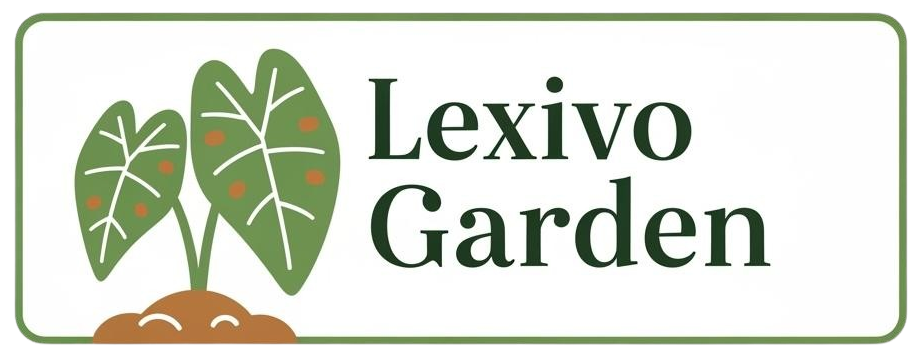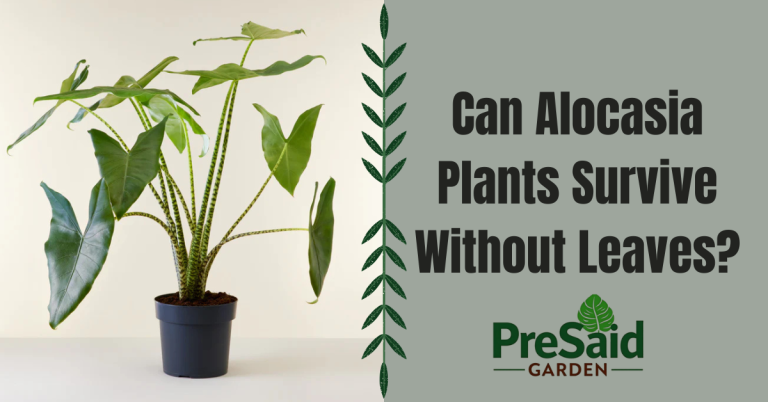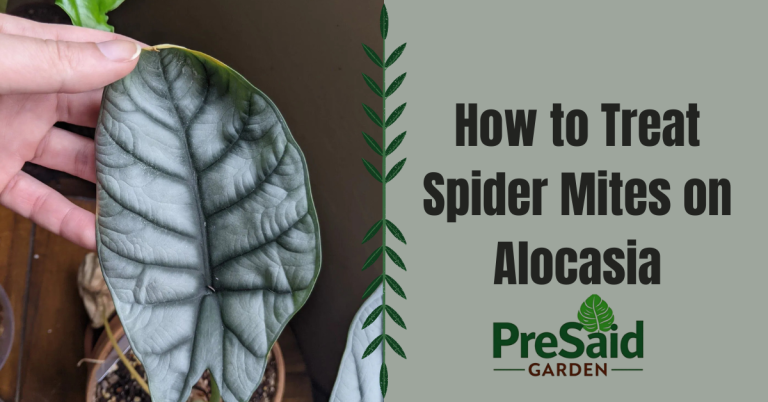Alocasia Stingray Yellow Leaves: Top Causes & Effective Solutions

Hey there, plant lovers! Lucas William here from Lexivo. If you’re reading this, chances are your beloved Alocasia Stingray is looking a bit under the weather. Those stunning arrow-shaped leaves turning yellow can be pretty alarming, right? Well, don’t worry – I’ve been there too. After growing Alocasias for over a decade here in the US, I’ve seen it all. Let’s dive into why this happens and how to get your plant back to its vibrant self.
Before we start, if you need any plant care tools to help nurse your Alocasia back to health, check out our shop at https://lexivo.com.ng/shop/. We’ve got everything from specialized pots to pruning shears that’ll make your plant care routine a breeze.
Understanding Your Alocasia Stingray
First things first – let’s talk about what makes the Alocasia Stingray special. This beauty, with its uniquely shaped leaves, is native to Southeast Asia. In the wild, it thrives in warm, humid environments with dappled sunlight. Replicating these conditions in our homes can be tricky, which is often why we see issues like yellow leaves popping up.
Common Causes of Yellow Leaves in Alocasia Stingray
- Overwatering
- Underwatering
- Lighting issues
- Nutrient deficiencies
- Pest infestations
- Temperature stress
- Low humidity
Let’s break these down one by one.
Overwatering: The Silent Killer
If there’s one thing I’ve learned in my years of growing Alocasias, it’s that these plants hate wet feet. Overwatering is probably the most common reason for Alocasia Stingray yellow leaves. The roots need oxygen, and when they’re constantly sitting in water, they can’t breathe. This leads to root rot, which manifests as yellowing leaves.
How to Fix Overwatering
- Check the soil moisture before watering. Only water when the top inch of soil feels dry.
- Ensure your pot has drainage holes.
- Use a well-draining potting mix.
- If root rot has set in, you might need to repot your plant in fresh, dry soil.
Underwatering: The Other Side of the Coin
While Alocasia Stingrays don’t like to be waterlogged, they also don’t appreciate drying out completely. Underwatering can cause the leaves to yellow and eventually crisp up.
Signs of Underwatering
- Drooping leaves
- Dry, crispy leaf edges
- Slow growth
To fix this, simply increase your watering frequency. But remember, consistency is key. Alocasias prefer evenly moist soil, not wet-dry cycles.
Lighting: Finding the Sweet Spot
Alocasia Stingray yellow leaves can also be a result of improper lighting. These plants prefer bright, indirect light. Too much direct sunlight can scorch the leaves, while too little light can lead to yellowing and poor growth.
Ideal Lighting Conditions
- Bright, indirect light
- No direct afternoon sun
- A few feet away from a north or east-facing window is often perfect
If your plant is getting too much light, move it further from the window or use a sheer curtain to filter the light. If it’s not getting enough, consider supplementing with grow lights.
Nutrient Deficiencies: Feeding Your Alocasia Stingray

Like all plants, Alocasia Stingrays need proper nutrition to thrive. Yellowing leaves, especially if they start from the bottom of the plant and move upwards, can indicate a nitrogen deficiency.
Fertilizing Your Alocasia Stingray
- Use a balanced, water-soluble fertilizer during the growing season (spring and summer).
- Fertilize every 2-4 weeks.
- Reduce or stop fertilizing in fall and winter when growth slows.
Remember, over-fertilizing can be just as harmful as under-fertilizing. If you see yellow leaves with brown tips, this could be a sign of fertilizer burn.
Pest Infestations: Unwelcome Guests
Pests can be a real headache for any plant parent. Common pests that affect Alocasia Stingrays include spider mites, mealybugs, and scale insects. These tiny critters suck the sap from your plant, causing stress and yellowing leaves.
Dealing with Pests
- Regularly inspect your plant, especially the undersides of leaves.
- If you spot pests, isolate the plant to prevent spread.
- Treat with neem oil or insecticidal soap.
- For severe infestations, you might need to use a systemic insecticide.
Temperature Stress: Keeping Your Alocasia Cozy
Alocasia Stingrays are tropical plants that prefer warm temperatures. Exposure to cold drafts or sudden temperature changes can stress the plant, leading to yellow leaves.
Ideal Temperature Range
- Daytime: 65-80°F (18-27°C)
- Nighttime: Not below 60°F (15°C)
Keep your plant away from air conditioning vents, cold windows, and drafty doors. If you live in a cooler climate, you might need to move your plant to a warmer spot during winter.
Humidity: Mimicking Tropical Conditions
Low humidity is often overlooked as a cause of Alocasia Stingray yellow leaves. These plants love humidity, and our homes are often much drier than their natural habitat.
Increasing Humidity
- Use a pebble tray filled with water under the pot.
- Group plants together to create a micro-climate.
- Use a humidifier in the room.
- Mist the leaves regularly, but be careful not to overdo it as this can lead to fungal issues.
Alocasia Stingray Care Guide
Here’s a quick reference table to help you keep your Alocasia Stingray happy and healthy:
| Care Aspect | Recommendation |
|---|---|
| Light | Bright, indirect light |
| Water | Keep soil evenly moist, not waterlogged |
| Temperature | 65-80°F (18-27°C) |
| Humidity | 60% or higher |
| Soil | Well-draining, rich potting mix |
| Fertilizer | Balanced, water-soluble fertilizer every 2-4 weeks during growing season |
| Repotting | Every 1-2 years or when rootbound |
| Pruning | Remove yellow or damaged leaves as needed |
When to Seek Professional Help
If you’ve tried all these solutions and your Alocasia Stingray’s leaves are still turning yellow, it might be time to consult a professional. Local nurseries or agricultural extension offices can often provide personalized advice based on your specific growing conditions.
Preventing Yellow Leaves in the Future
Prevention is always better than cure. Here are some tips to keep your Alocasia Stingray healthy and vibrant:
- Consistent care routine: Stick to a regular watering and fertilizing schedule.
- Regular inspections: Check your plant weekly for signs of stress or pests.
- Clean leaves: Dust the leaves regularly to ensure they can photosynthesize efficiently.
- Proper pot size: Use a pot that’s just slightly larger than the root ball.
- Quality supplies: Use high-quality potting mix and fertilizers.
Remember, you can find all the supplies you need to keep your Alocasia Stingray healthy in our shop at https://lexivo.com.ng/shop/.
Wrapping Up
Dealing with Alocasia Stingray yellow leaves can be frustrating, but don’t lose hope! With a little patience and the right care, your plant can bounce back and continue to be the showstopper in your indoor jungle. Remember, every plant is unique, and it might take some time to figure out exactly what your Alocasia Stingray needs.
If you have any more questions about Alocasia care or need advice on other houseplants, feel free to reach out. We’re always here to help you on your plant parenthood journey. Happy growing!






